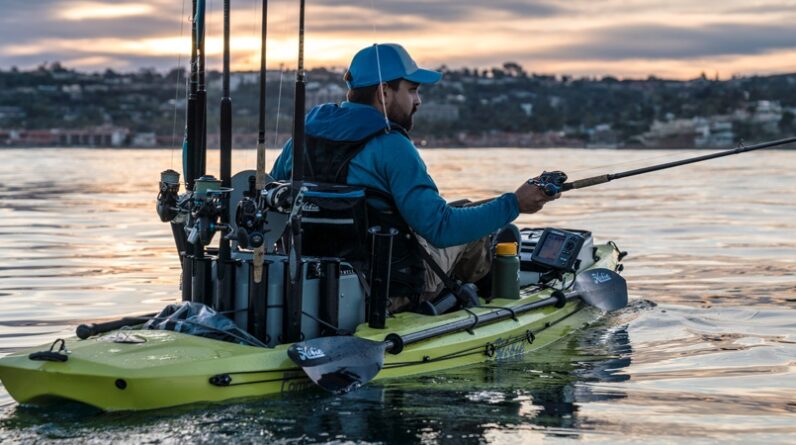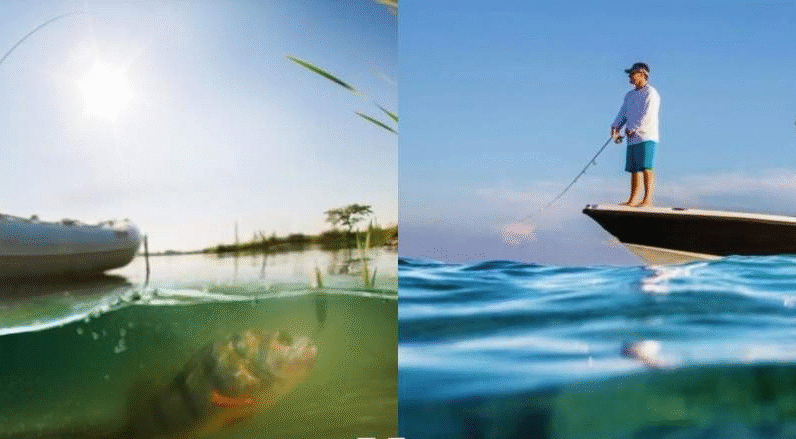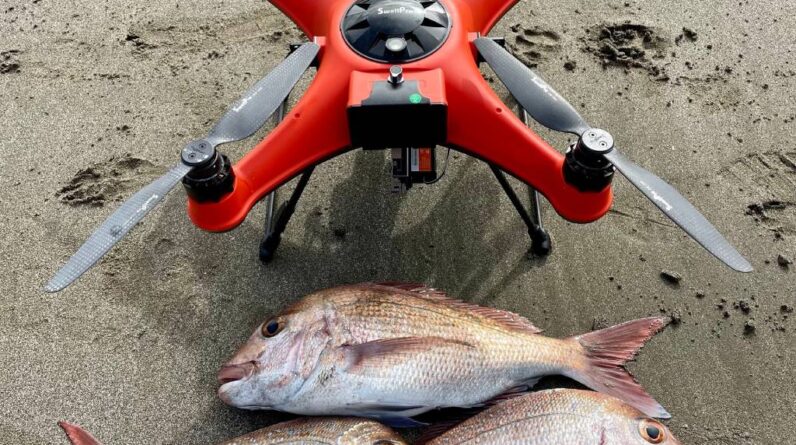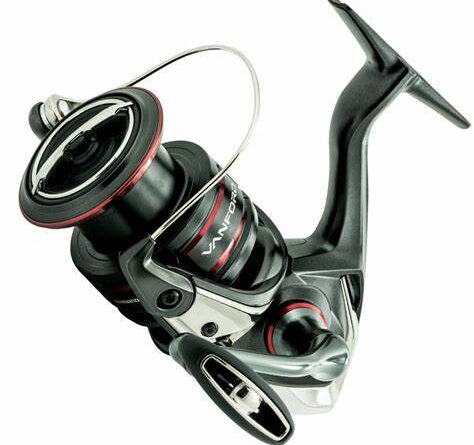Additional Information on Fish Migration Fish migration is a fascinating natural phenomenon that occurs in various bodies of water across Canada. It refers to the regular movement of fish from one location to another for specific purposes, such as breeding, feeding
Many different types of fish swim through a particular part of the ocean every year. Some species in Canada are known to be true migrants, meaning they travel long distances on a regular basis. Typically, young fish leave their spawning grounds and make their way to their feeding grounds as they grow into juveniles. Meanwhile, the fully grown individual begins its journey from the place where it was born to the location where it will find food.
The movement of fish during migration is influenced by various factors in the ocean, such as ocean currents and oceanographic conditions. Eggs, young fish, and larvae are carried by the ocean current. While adult fish are capable of swimming against the current during migration, they typically begin their journey by swimming in the direction of the current. It varies based on the environmental changes.

Typically, migratory fish species are classified into three categories.
- Fish that live in the ocean
- Anadromous fish are a type of fish that migrate from the ocean to freshwater rivers and streams to spawn. They are commonly found in Canada
- Catadromous fish are a type of fish that migrate between freshwater and saltwater environments. They are commonly found in Canada and play an important
Oceanodromous Fish
Oceanodromous fishes are found in oceans all around the world. These animals live and migrate across entire oceans. They are mainly different from other species due to the extent of their migration boundaries.
One of the most well-known fish that migrates in the ocean for study purposes is the Herring (Clupea harengus). The reason for choosing this species is because it is economically important. Oceanodromous fish can be further categorized into two types based on their migratory behavior and their ability to freely interact with other fish.
- Many groups of people
- Canadian Racer
In the North Sea, it is possible to see different groups of species during various seasons in different areas. Sure thing! Did you know that herring fish can be spotted off the coast of Scotland, specifically in Buchan, during the months of August to September? Later, it begins to migrate towards the coast of Southwestern Norway. Similarly, the herring fish of the Dogger Bank can be found in the central area of the North Sea, near the English Coast, during the months of September and October. It begins to migrate to Skagerrak, a body of water located between Denmark and Norway. The herring spawn in the Downs region occurs along the coast of France, specifically between Dunkirk and Fécamp, from November to January. During the summer, these species begin to consume species from the middle and northern regions of the North Sea. They share their feeding grounds with other populations. The migration and reproductive seasons of marine species are closely linked to the oceanographic conditions of the North Sea.
The Cod (Gadus morhua) has a migration pattern similar to that of herring, which is commonly observed in Canada. This species is considered to be significant among the various types of fish found in the ocean. Numerous species travel longer distances in the Atlantic Ocean. For instance, White tuna (Germo alalunga) can be found during the winter near the Azores and the Canary Islands. Then they begin to migrate northward near the Gulf of Gascony and reach the waters of Iceland in July. The population of Red tuna (Thunnus thynnus) is found in the Mediterranean Sea and the Eastern Atlantic, which includes areas near Canada. Red tuna lay their eggs in the western Mediterranean during the months of May and June. During the summer months, they migrate towards the northern regions to find food and eventually reach the Arctic Ocean. Similar migrations also take place in the Pacific Ocean from the coast of North America.
Anadromous fish
Anadromous fish are a type of fish that live in the ocean but travel to freshwater environments to reproduce. These feeds can be used for both saltwater and freshwater environments.
Salmon (Salmo, Oncorhynchus) lay their eggs in the chilly, transparent water of lakes or upper streams. Fish lay their eggs in gravel beds. Young Atlantic salmon typically reside in freshwater habitats for a period of two to three years, and occasionally up to six years. However, Pacific salmon typically migrate to the ocean during their first year of life. The adult fish stays in the ocean for one to three winters. These fish once again return to freshwater as grilse (adolescent stage of fish) or as adults to reproduce. This fish has the ability to change its color and other external features in order to adapt to its surroundings. Certain Atlantic salmon populations in Canada may experience mortality after a single spawning event in freshwater. Salmon migrate from Norway to Scotland, crossing through a European country.
Pacific Salmon are found in various areas of the Bering Sea and the Pacific Ocean, spanning from 45° N to 65° N. These fish thrive in surface water temperatures ranging from 2 to 11 °C (36 to 52 °F).
During studies conducted in the ocean environments of Canada and the United States, researchers have observed a significant number of young fish migrating from freshwater to the Pacific Ocean. The Atlantic salmon migrates to the ocean up to three times in a single year from a specific river. Adult fish may experience a difference in the number of eggs that hatch compared to the number of eggs they lay. Celestial and topographical features play a significant role in the development of habitats in Canada. The sense of smell is important for fish to recognize different locations. The study has revealed that salmon that migrate are drawn to the waters. Additionally, the behavior of mature fish is influenced by the smell and temperature of the water.
Catadromous fish
The life cycle of certain fish species in Canada, known as catadromous fish, is essentially the opposite of anadromous fish. These fish spend the majority of their lives in freshwater and travel to the ocean to reproduce. The eel, which belongs to the genus Anguilla, is a well-known type of fish that exhibits catadromous behavior. In Canada, two of the popular eel breeds are the North American eel (A. rostrata) and the European eel (A. anguilla).






